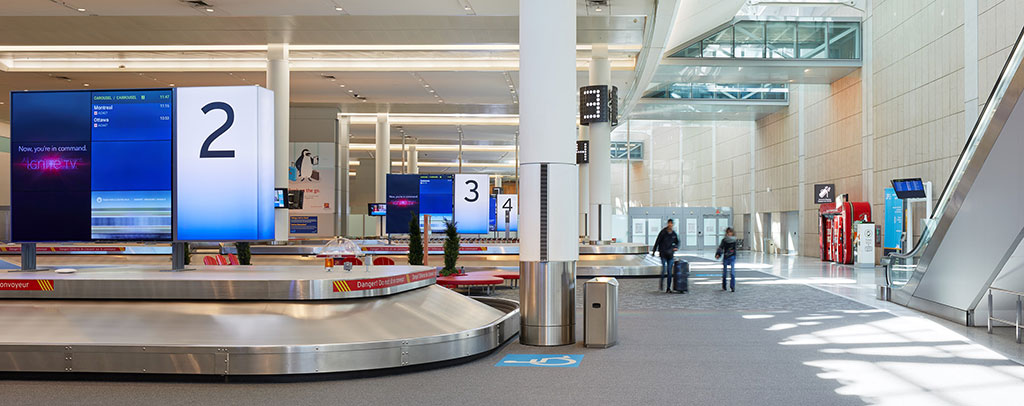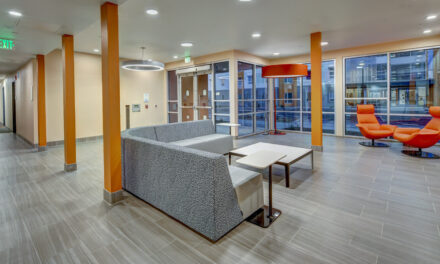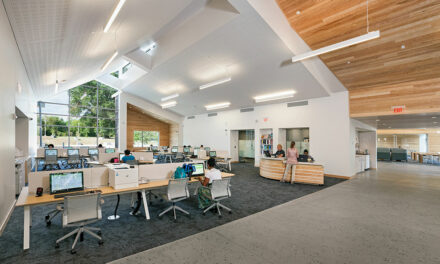Hit hard by COVID-19, the aviation industry will need to find a new normal
The aviation industry has certainly felt the hit of COVID-19– turning the green numbers into red in a matter of weeks or even days. With that said, this pandemic also reminds us of moments in history like 9/11, SARS, or financial recessions, when aviation took a hard hit, but returned from crisis and recovered strong. So, what’s next? Travelers will be looking to the airlines to restore normalcy and regain their trust as safe places to be and use. Now is the right time to ask ourselves– because we are all in this together– how we can help the industry come back stronger.
Let’s start with the basics, COVID-19 has made it clear: social distancing, personal hygiene, and a heightened awareness of our personal impact on those around us, are key to stop the spread. So, it’s clear we, as individuals, play a big role in slowing the spread of the virus right now by halting travel and staying at home. However, we must remember that this will remain our responsibility when going back to normal and, in this case, when traveling again.
When travel returns, how will airport terminals respond and adapt to the new normal and become “healthy airports?”
Where am I going?
More than ever airport users will need to feel comfortable and safe while navigating through a terminal. A clear view of what’s ahead and information such as walking times are great for passengers to feel more confident and reduce travel-related stress.
Can’t touch this!
Touchless technology already exists, and, post-pandemic, will be in greater demand throughout the passenger experience. We are not only talking about main processes like check-in or boarding but also how we order our food or buy any duty-free items before hopping on a plane.
No more queues, please!
One of the most frustrating parts of traveling is also one of the biggest problems to solve. Technology could play a big role in reducing queues and avoiding crowds that gather at check-in and boarding. These changes likely start with the processing equipment, but will also need to include passenger notifications and ways to reduce crowding of passengers (scattering).
The integration of technology can mean increased processing capacity, reducing queues substantially. In different parts of the terminal we see already how biometrics are helping. New scanning equipment processes almost double the people at security screening points.
Internet of Things. Knowing where the passengers are, providing real time information to agencies and airlines could help staffing of process areas and be more efficient.
Simple gestures like checking in at home, printing your boarding pass or even printing your bag tag helps to reduce the burden at the airport. The use of self-service kiosks is a very old technology but has helped to scatter passengers and reduce the burden also on check-in agents or immigration for example.
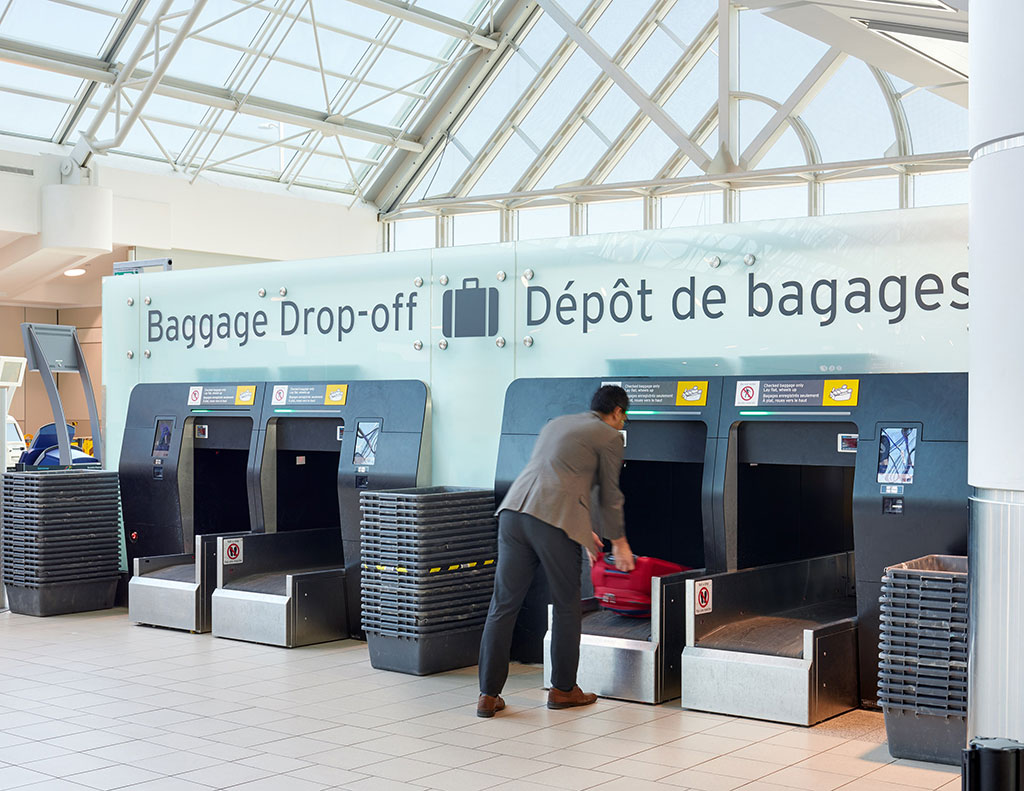
Toronto Pearson International Airport. Courtesy of Stantec
Wash your hands!
In a post-pandemic world, travelers will need to embrace hygiene even more. Open washing stations that are more visible and accessible will raise awareness and reinforce this safety practice.
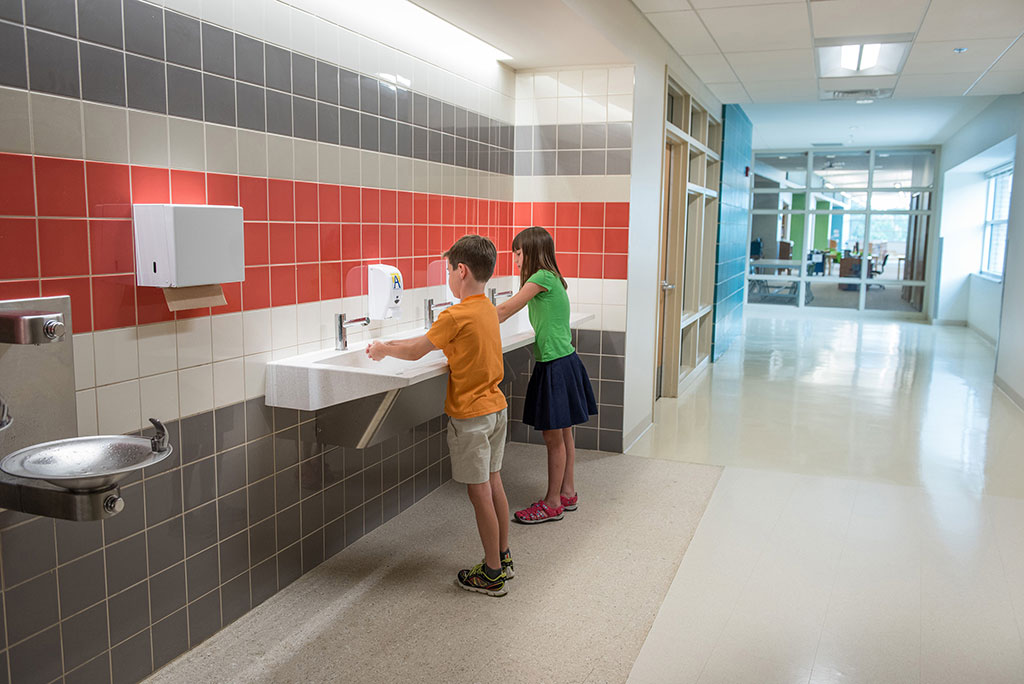
Ashlawn Elementary School Addition/Renovation. Courtesy of Stantec
Infection Control
There are lessons to be learned from infection control strategies at healthcare facilities including natural and durable materials, stringent cleaning regimen, air quality and flow, among others.
Where do I sit?
Waiting areas at gates will also need some re-thinking as we move back into normal operations. Before COVID-19, we could already see people leaving empty seats between each other until it was too crowded to do so. By offering amenities throughout the airport, travelers will feel encouraged to enjoy other parts of the terminal before boarding – leaving the waiting areas less crowded. Utilizing the right technology tools could enable free movement until your plane is ready to leave.
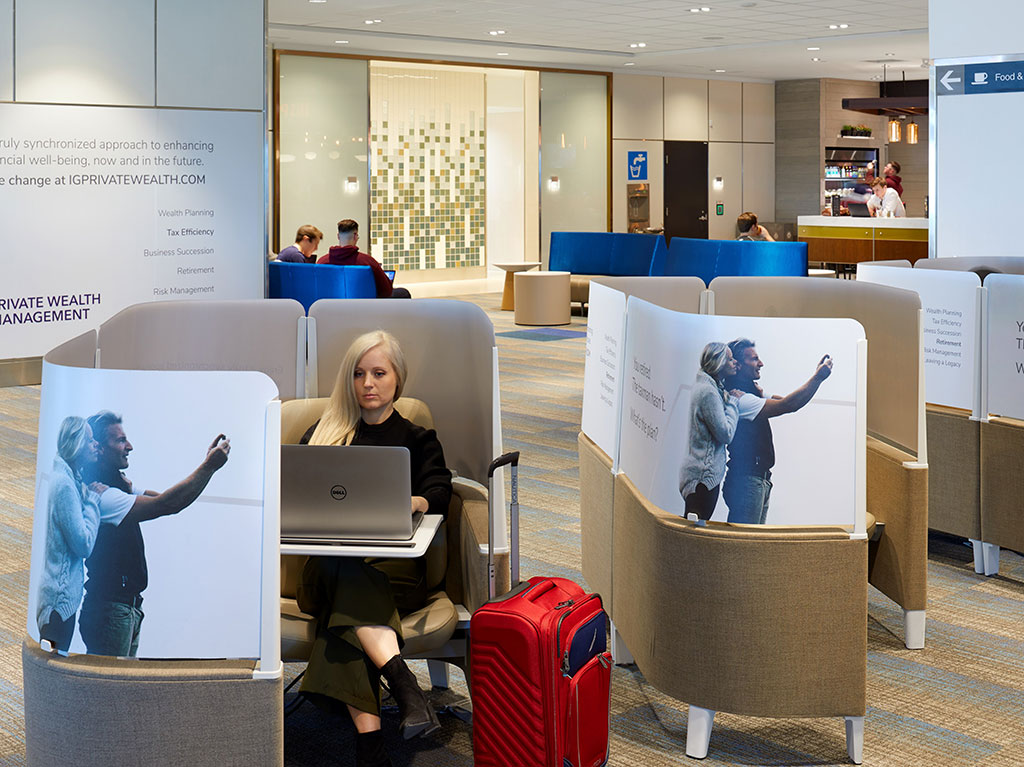
Billy Bishop Domestic and Transborder Lounge. Courtesy of Stantec
Health Screening
In the same way that 9/11 boosted security and baggage screening to unprecedented levels—forever impacting the way we travel– COVID-19 will likely necessitate health checks at airports.
Travel well
As airports reinvent the offerings available to travelers, wellness is becoming more popular with those looking for new experiences while reducing the stress of traveling. Airport patrons can ride stationary bikes to charge their phone while waiting for a flight. Or enjoy a message or play with a therapy dog. Read more ideas like this from our Airports Terminal Lead, Cecilia Einarson: What does it mean to fly well?
In summary, although the aviation industry will be one of the hardest hit by the pandemic, we should also be viewing this time as an opportunity to rethink how the industry can support a healthier travel experience – from both a physical and emotional perspective – for the travelers who will be using these facilities again soon.
About the author
Alvaro Fernandez de Mesa is an associate based in Stantec’s Vancouver office, focused the planning and design of airport terminals.

